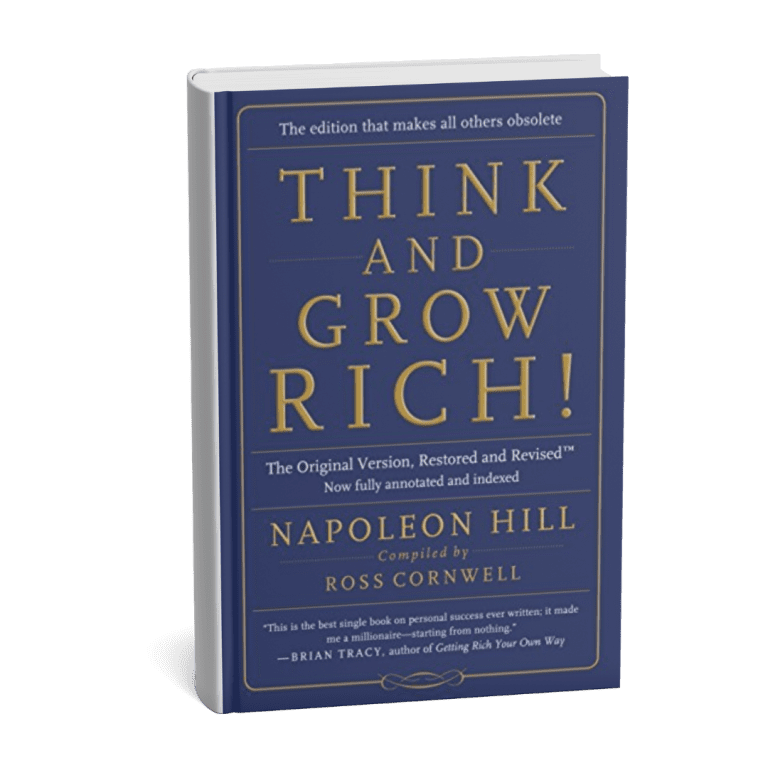“The Psychology of Money” by Morgan Housel is a groundbreaking exploration into the often-overlooked behavioral aspects of personal finance. Rather than focusing on formulas, charts, or complex investment strategies, Housel dives deep into the emotional, psychological, and cultural factors that shape our financial decisions. His central argument: being good with money isn’t about knowledge, but about behavior.
Through 19 concise chapters, Housel presents stories and observations that illuminate how people think about risk, luck, greed, happiness, and wealth accumulation. One of the book’s foundational concepts is that money decisions are made in the real world, influenced by individual experiences, upbringing, and even generational context—not in rational economic models. What may seem like poor judgment to one person may be entirely logical to another, based on their unique life experiences.
Housel emphasizes the importance of saving not for a specific goal, but for the freedom it provides. He asserts that wealth is what you don’t see: the cars not bought, the clothes not purchased, the income not flaunted. Real wealth is invisible, and achieving it requires restraint and patience.
The book challenges the idea that financial success comes from intelligence or timing. Instead, Housel presents the power of consistency, humility, and long-term thinking. Compounding, both in wealth and wisdom, is another recurring theme. He also discusses the concept of “enough”—knowing when to stop the pursuit of more, which is vital for avoiding financial ruin and maintaining peace of mind.
Another standout idea is that no one is crazy—they’re just operating from their own experiences. The book argues for empathy in judging others’ financial choices and underscores the unpredictability of markets and life.
Ultimately, “The Psychology of Money” doesn’t teach readers how to get rich quickly, but how to think deeply about money and design financial strategies that align with human nature. It’s a timeless guide to building lasting wealth through understanding, patience, and behavior management.













